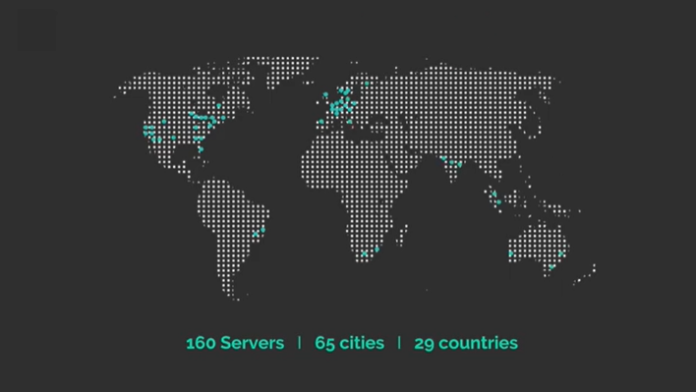Introduction
Cities are constantly evolving, so the security challenges they face are too. From Islamic State attacks to election meddling, cities have to stay one step ahead of the bad guys in order to keep their residents and businesses safe. But with rapidly-growing urban populations and more sophisticated attacks, cities also face an ever-growing list of cybersecurity challenges.
Security Cameras
As cities continue to grow, the need for security cameras increases. Unfortunately, this has created several security challenges for city officials. For example, smart city security cameras can be used by criminals to identify targets and plan attacks. Additionally, many city officials feel that having too many cameras will lead to privacy concerns and an overall loss of surveillance capacity.
There are a number of ways to address these security challenges. For example, city officials could use facial recognition software to identify individuals who are not supposed to be on camera. Alternatively, they could implement geofencing technology so that certain areas of the city are only accessible during specific hours. Regardless of the solution chosen, city officials will need to carefully weigh the benefits and drawbacks of each option in order to make the best decision for their city.
Biometric Systems
As the world becomes increasingly connected, cities are looking to implement innovative security measures to keep their citizens safe. One such measure is the use of biometric systems to identify individuals. However, while these systems may seem secure on the surface, there are numerous security challenges that must be addressed before they can be fully implemented. Here are five of the most common smart city security challenges:
1. Authentication and Authorization: Biometric systems must be able to authenticate individuals before granting them access to sensitive areas or data. This process must be automated so that it is quick and easy for users, and it must be secure from unauthorized access.
2. Data Security: The data collected by biometric systems must be protected from unauthorized access and usage. It must also be stored securely so that it does not fall into the wrong hands.
3. Cross-Platform Compatibility: Biometric systems must be compatible with different platforms, including desktop and mobile devices. This ensures that they can be used in a variety of contexts and locations.
4. Hardware Security: Biometric systems must be robust enough to withstand physical attacks and software vulnerabilities. They should also have reliable sensors and software algorithms to ensure accuracy and reliability.
Smart Home Security
Smart home security is one of the most important aspects of a smart city. Not only does it protect residents from criminals, but it can also help to keep residents healthy and safe by keeping them informed about weather conditions and other important updates. In order to create a smart home security system that is both effective and affordable, there are a few key challenges that must be faced.
The first challenge is that many homeowners do not have the time or knowledge to properly protect their homes. For this reason, many smart home security systems rely on sensors to activate alarms or send alerts when certain events occur. However, if residents are not regularly monitoring their systems, these sensors will eventually become useless.
Another challenge is that many homeowners do not have the money to invest in a comprehensive smart home security system. This is because most systems require devices such as cameras, motion detectors, and smoke detectors to be installed throughout the home. Many of these devices can cost between $100 and $200 each, which can quickly add up if multiple devices are needed.
To address these challenges, some companies are developing new smart home security strategies that focus on simplifying the installation process while still providing the necessary protection. These systems typically use smartphone apps or
Conclusion
In this concluding article, we will discuss some of the smart city security challenges that need to be addressed in order for cities to become truly intelligent. In particular, we will focus on three key areas: data management, surveillance and communication. By understanding these challenges and addressing them head-on, we can create a secure future for our cities – one where they are able to respond to changes in their environment more quickly and efficiently.




